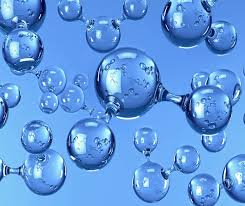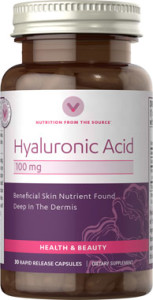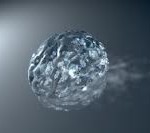 Hyaluronic acid is a component of connective tissue and is found abundantly throughout the body. Interestingly, it has also been nicknamed the “key to the fountain of youth” because some have noted that those who ingest a lot of it in their diets tend to live to a very old age. In one news story carried by ABC, newscasters highlighted a village in Japan where individuals were getting large amounts of hyaluronic acid from starchy root vegetables in their natural diets and not taking any type of man-made manufactured supplementation.
Hyaluronic acid is a component of connective tissue and is found abundantly throughout the body. Interestingly, it has also been nicknamed the “key to the fountain of youth” because some have noted that those who ingest a lot of it in their diets tend to live to a very old age. In one news story carried by ABC, newscasters highlighted a village in Japan where individuals were getting large amounts of hyaluronic acid from starchy root vegetables in their natural diets and not taking any type of man-made manufactured supplementation.
There have been a number of studies that linked abnormal levels of hyaluronic acid to connective tissue disorders or other conditions that are commonly associated with connective tissue disorders, such as premature aging. Scientists are not yet sure about the role that this substance plays but they do theorize that just as other substances have levels which are optimal so does hyaluronic acid. (1)
Disease conditions often occur when these levels get out of range in either direction. For example, low levels of estrogen are linked to bone loss and osteoporosis while high levels have been associated with breast cancer. High cholesterol levels are linked with heart attack and stroke but low levels have been linked to bleeding problems and depression.
Research published in 1989 from the Cleveland Clinic Foundation in Ohio found that individuals who were cigarette smokers had a higher degree of degradation of hyaluronic acid than those who did not. They concluded that free radicals in the gas phase of cigarette smoke would degrade the hyaluronic acid in a rapid fashion that inhibited another antioxidant substance. (2)
References:
(1) Annals of Medicine: Serum hyaluronan as a disease marker
http://www.ncbi.nlm.nih.gov/pubmed/8811168
(2) Lung: Cigarette smoke degrades hyaluronic acid
http://www.ncbi.nlm.nih.gov/pubmed/2512457
(3) Free Radical Research Communications: Hyaluronic Acid Degradation by Ascorbic Acid and Influence of Iron
http://www.ncbi.nlm.nih.gov/pubmed/3508446
(4) Clinical Interventions in Aging: Effect of Estrogens on Skin Aging and the Potential Role of SERMs
http://www.ncbi.nlm.nih.gov/pmc/articles/PMC2685269/
| Advertisement | |
 |
|


Leave a Reply